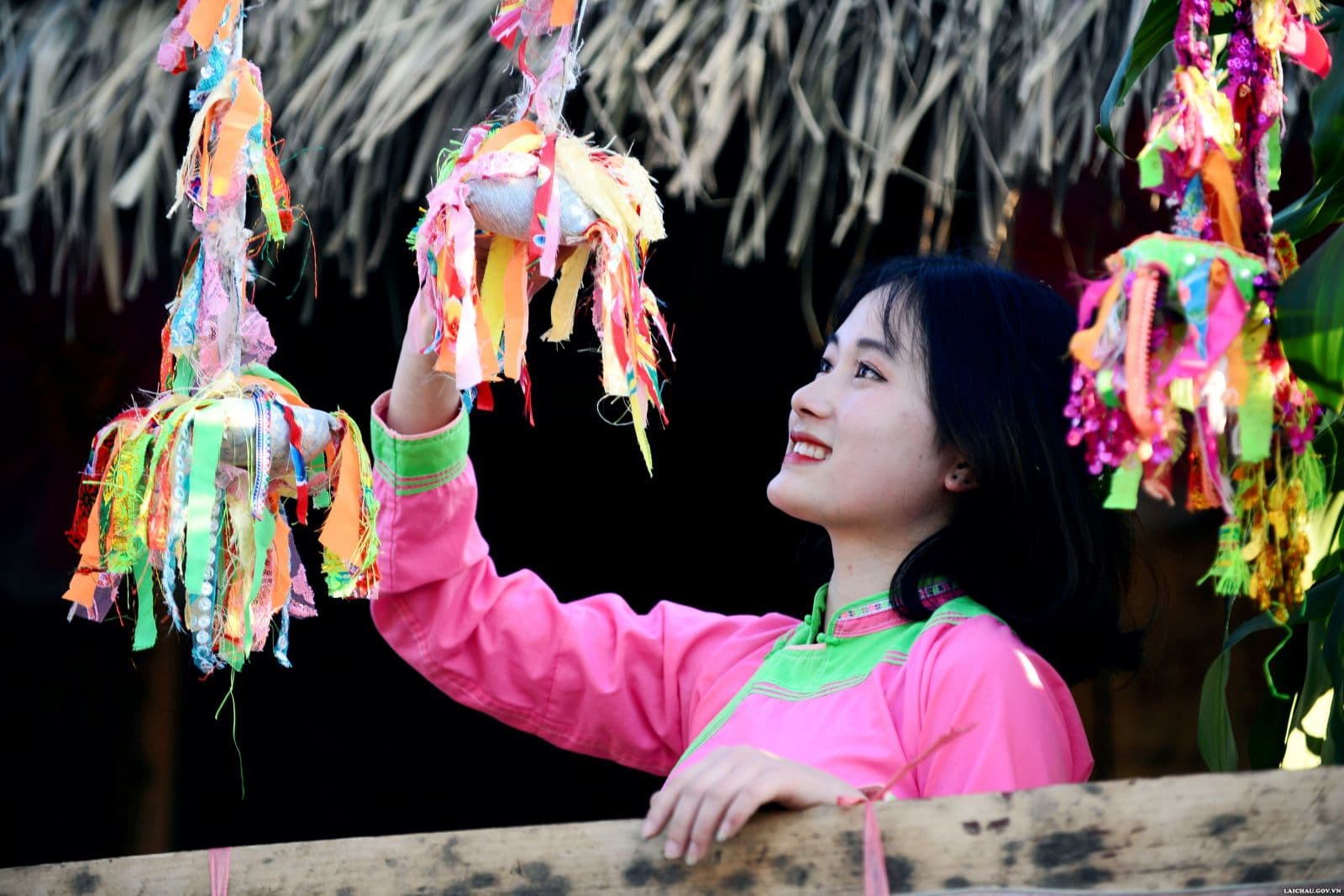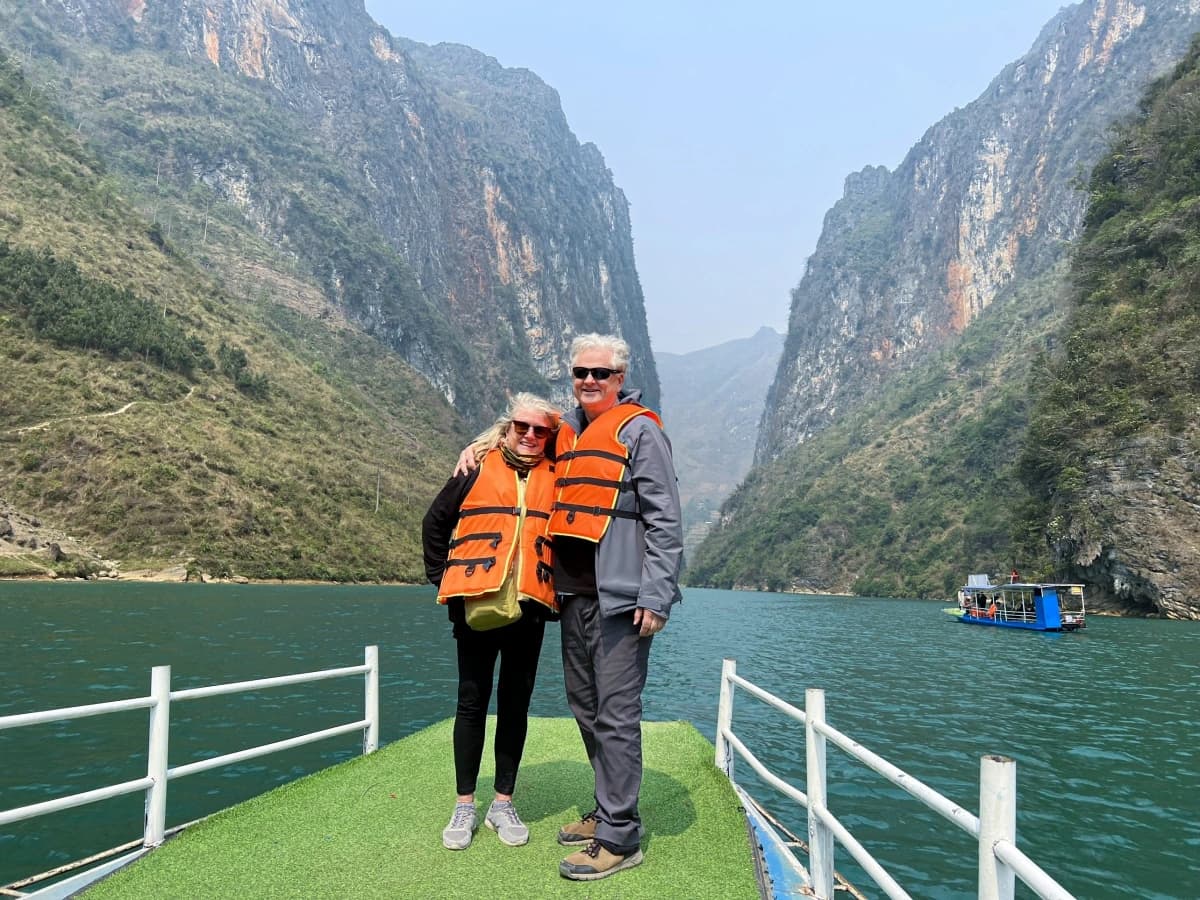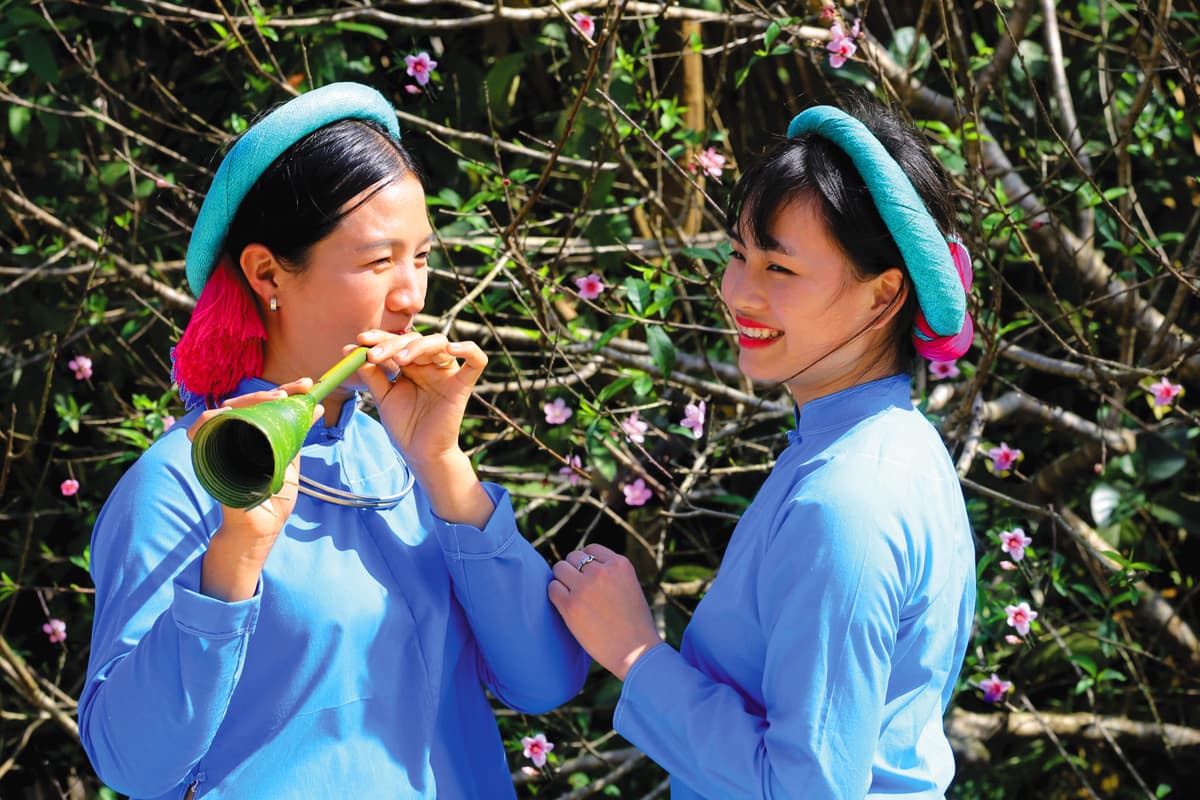When travelers think of Vietnam, images of motorbikes weaving through Hanoi’s Old Quarter or the golden beaches of Da Nang may come to mind. Yet hidden within the mist-covered mountains and deep valleys of the country lies a more intimate story—one that belongs to Vietnam’s ethnic minorities. With 54 officially recognized ethnic groups, Vietnam is not just a destination of landscapes but also of remarkable cultural diversity.
Ethnic minority tours in Vietnam offer a unique opportunity to explore this diversity in depth. Rather than following the usual tourist trails, these tours lead visitors to remote villages, where ancient customs, languages, and lifestyles are still practiced today. They are journeys into the heart of tradition, resilience, and authenticity.

Ethnic Minority Tours in Vietnam: Discover Authentic Culture and Untouched Beauty
The Allure of Ethnic Minority Travel in Vietnam
What makes ethnic minority tours so appealing is their depth of cultural engagement. Travelers do not merely observe; they become part of a living tradition. These tours allow guests to step inside family homes, sleep in wooden stilt houses, share meals cooked over open fires, and listen to stories passed down for generations.
Unlike typical tourist experiences, these journeys are rooted in human connection. Guests find themselves walking side by side with local guides through rice terraces, learning how to dye fabric using indigo plants, or participating in community celebrations that mark the changing seasons. Every moment is shaped by a deep sense of place and people.
Beyond culture, these tours provide access to some of the most stunning natural scenery in Vietnam. The northern highlands are sculpted by terraced fields and forested peaks, while the central regions are rich in waterfalls, lakes, and volcanic plateaus. Whether trekking through Sapa’s hill trails or boating through Ba Be’s peaceful waters, nature and culture blend seamlessly.
Ethnic minority tours also align with a growing movement toward responsible and sustainable tourism. Many of these experiences are organized in collaboration with local communities, ensuring that income from tourism stays in the villages. This helps fund education, preserve traditional crafts, and protect the environment from overdevelopment. When travelers choose these tours, they are supporting long-term, community-driven development.

The Allure of Ethnic Minority Travel in Vietnam
Where to Experience Ethnic Minority Culture in Vietnam
Vietnam’s ethnic diversity is not evenly spread across the country. Certain regions offer particularly rich opportunities for cultural exchange, each with its own unique history, language, and traditions.
Sapa and the Northwest Highlands
Sapa, located in Lao Cai Province near the Chinese border, is one of the most accessible and popular destinations for ethnic minority tours. Home to groups such as the Hmong, Dao, Tay, and Giay, the area offers dramatic mountain landscapes and vibrant cultural life. Travelers can trek from village to village, passing through rice terraces and bamboo forests, while learning about traditional embroidery, herbal medicine, and daily farming life. The experience is often enhanced by staying overnight in local homes, where visitors share meals and stories with their hosts.
Ha Giang – The Northern Frontier
Farther north lies Ha Giang, a region known for its raw beauty and cultural richness. Often described as the final frontier of Vietnam, Ha Giang is home to more than 20 ethnic groups, including the Lo Lo, Pu Peo, and Hmong. The area’s steep limestone mountains and deep valleys form the backdrop for a journey filled with color and warmth. Travelers may ride through the Dong Van Karst Plateau, visit traditional Sunday markets where people gather in ceremonial dress, or take part in village activities that follow the rhythm of the seasons.

Where to Experience Ethnic Minority Culture in Vietnam
Mai Chau – A Gentle Introduction
Located just a few hours from Hanoi, Mai Chau offers a more relaxed introduction to ethnic minority life. The White Thai and Black Thai people live in tranquil valleys, surrounded by rice paddies and rolling hills. Visitors can cycle through peaceful villages, stay in stilt houses built from bamboo and palm leaves, and enjoy evening performances of folk music and dance. This region is ideal for those looking for an immersive cultural experience without extensive trekking.
Central Highlands – Deep Traditions and Lesser-Known Groups
The Central Highlands, which span provinces such as Kon Tum, Dak Lak, and Gia Lai, are home to ethnic groups like the Ede, Ba Na, and Jarai. Less visited than the northern regions, these areas provide rare opportunities to witness traditions that have been maintained for centuries. Longhouses, gongs, and communal rituals define village life here. Travelers may be invited to observe spiritual ceremonies, learn about matriarchal family structures, or explore cultural spaces dedicated to music and storytelling.
Ba Be National Park – Nature and Culture in Harmony
Ba Be, located in Bac Kan Province, combines breathtaking nature with vibrant ethnic culture. Tay, Hmong, and Dao communities live in harmony with the environment, drawing on generations of ecological knowledge. Boat trips on Ba Be Lake lead to hidden caves and waterfalls, while village visits reveal how traditional values guide both daily life and local governance. This is a destination where culture and conservation go hand in hand.
What to Expect on an Ethnic Minority Tour
Homestay Experience
These tours are about real experiences, and with that comes a level of rustic authenticity. Homestays are usually simple but clean, offering basic amenities and the warmth of human hospitality. Guests can expect traditional meals prepared with local ingredients, often shared around a fire or communal table.
Local Cuisine
The food itself is a highlight. Each region has distinct flavors shaped by local resources. Dishes may include sticky rice cooked in bamboo, mountain vegetables picked fresh from the forest, or meat marinated with forest herbs. Meals are not just about sustenance but about cultural storytelling.

What to Expect on an Ethnic Minority Tour
Trekking and Outdoor Activities
Trekking is a common feature, and routes range from gentle walks through valleys to multi-day hikes across mountains. These treks often pass through multiple villages, allowing travelers to observe the diversity among ethnic groups in language, dress, and architecture.
Cultural Activities
Cultural experiences vary depending on the season and location. Guests may be invited to participate in harvest festivals, learn to weave or embroider, observe traditional medicine preparation, or simply sit with elders and hear about village history. Every interaction offers a window into a way of life shaped by nature, community, and resilience.
Choosing a Responsible Tour
With the growing popularity of ethnic tours, it is important to choose operators who prioritize ethical practices. Reputable providers work in partnership with local communities, ensure fair wages, and respect local customs. They avoid exploiting culture for entertainment and instead focus on genuine exchange.
Small group sizes are preferable, as they minimize disruption and allow for more meaningful interaction. Travelers should look for companies that invest in community training, promote cultural preservation, and follow eco-friendly practices.
Organizations such as Ethnic Travel Hanoi, Sapa Sisters (run by Hmong women), and Mr. Linh’s Adventures are known for their commitment to sustainability and cultural integrity.
Best Times and Practical Tips
Vietnam’s diverse climate means timing your visit is important. The best months for ethnic tours are typically from March to May and from September to November, when the weather is dry and visibility is clear. These seasons coincide with planting and harvesting, offering rich cultural scenes.
Travelers should prepare for rural conditions. Good hiking shoes, insect repellent, and layered clothing are recommended. Respect for local customs is essential, including dressing modestly, asking permission before taking photos, and avoiding loud or disruptive behavior.
Learning a few basic words in Vietnamese—or even in the local dialect if possible—can go a long way in building rapport. A smile and genuine curiosity are the most valuable tools any traveler can carry.
Beyond Tourism: Supporting Cultural Preservation
Ethnic minority tours are more than just vacations. When done thoughtfully, they become instruments of preservation and empowerment. The income from tourism helps communities fund education, healthcare, and infrastructure, while also encouraging younger generations to value and continue their traditions.
By choosing to engage with ethnic minority communities respectfully, travelers help maintain cultural diversity in an increasingly globalized world. These tours remind us that tradition and modernity can coexist when supported by mutual understanding and dignity.

Beyond Tourism: Supporting Cultural Preservation
Ethnic Minority Tours in Vietnam offer a rare chance to experience the country’s deeper cultural layers. Far from the cities and tourist resorts, these journeys bring travelers into contact with people whose lives are rooted in tradition, harmony with nature, and community strength.
Whether you are trekking through the dramatic peaks of Ha Giang, cycling the green fields of Mai Chau, or learning to weave with a Hmong artisan in Sapa, every moment is an invitation to connect. These tours challenge our assumptions, expand our perspectives, and offer memories that endure far beyond the journey itself.
For those seeking authenticity, depth, and purpose in their travels, ethnic minority tours in Vietnam are not just an option—they are a calling.
